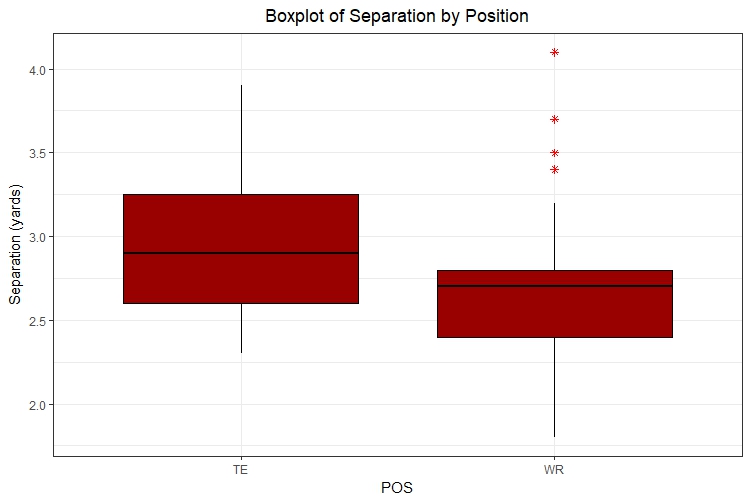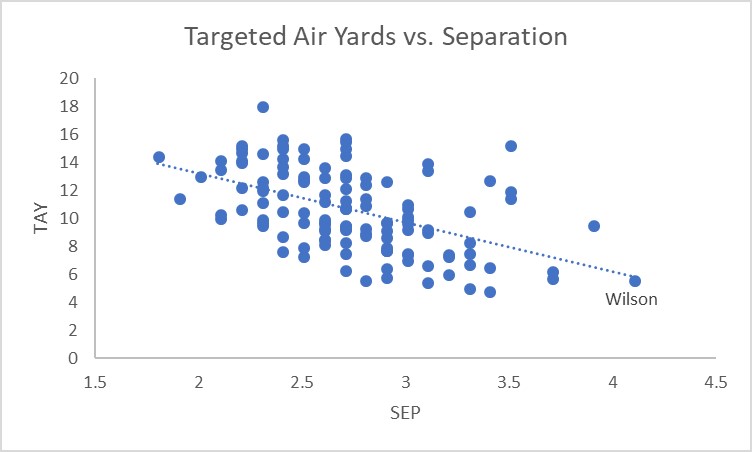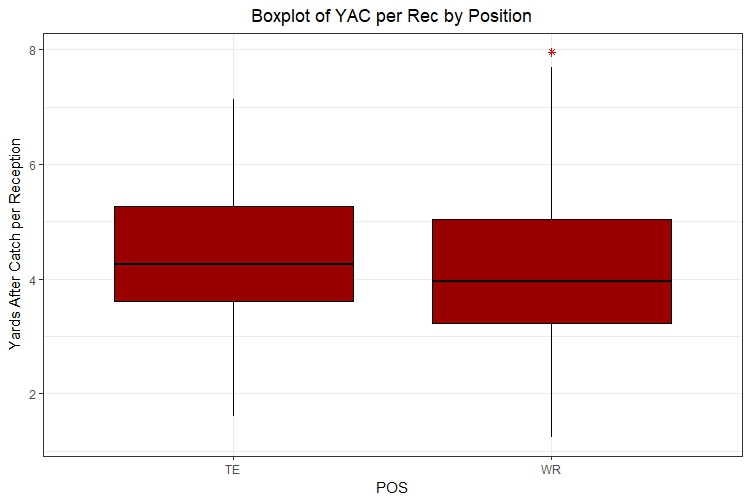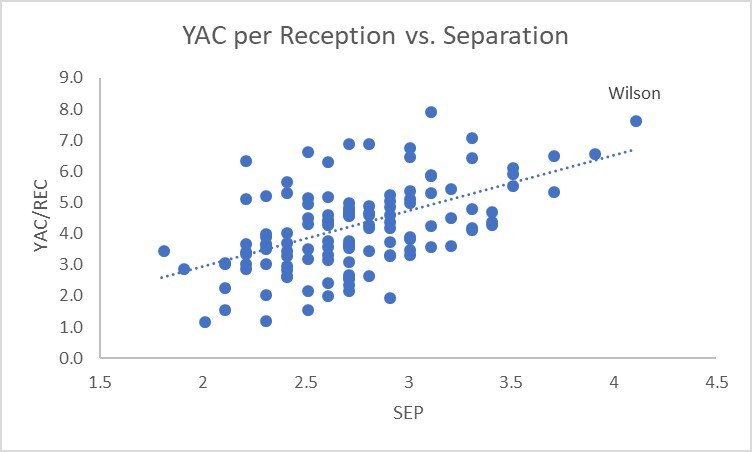Following a four-year career at Georgia State, Albert Wilson entered the 2014 NFL with hopes of being drafted. Wilson was described by NFL.com as a “short, squatty, Sun Belt Conference standout utility threat with potential to compete for a job as a slot receiver and return man in the pros” and was a projected Round 7/Priority Free Agent (NFL.com). Even though he was the first player from Georgia State to be invited to the combine, he went undrafted and signed a three-year $1.54 million-dollar contract with the Kansas City Chiefs. Wilson was able to find himself a role on the Chiefs’ roster as a backup receiver and special teams player, before becoming the third leading receiver this past season behind Tyreek Hill and Travis Kelce with a career high 554 receiving yards. He hasn’t put up huge totals in receptions or yards during his career but has been extremely efficient when he has played on the field. His biggest strengths come in his ability to separate from defenders, create after the catch, and pick up first downs.
Separation
The first area where Wilson distinguishes himself from the rest of the receivers in the NFL is his ability to separate himself from the defender when he goes to make a catch. This separation (SEP) stat is calculated as part of NFL.com’s Next Gen Stats and is defined as the average “distance (in yards) measured between a WR/TE and the nearest defender at the time of catch or incompletion” among players with at least 43 targets (NFL Next Gen Stats). Wilson was first in the league at 4.1 yards of separation on average, with the next closest receiver being Randall Cobb at 3.7 yards. The boxplot shows the separation by position (Wilson is the red star at the top of the WR box). In general, tight ends were able to create more space than wide receivers, indicated by the TE box being “higher” than the WR box, which makes Wilson’s position on top even more impressive.


A possible explanation for this is that tight ends usually find open space in the middle of zones or are dump offs if no other receivers are open. This would cause these player’s separation to be a lot higher, because these routes don’t go very far down the field and the defense generally isn’t as focused on tight ends as they are on wide receivers. The scatterplot shows the average targeted air yards (TAY) versus separation. In general, the more separation the receiver creates, the shorter the distance the receiver is being targeted. Wilson had the smallest TAY among wide receivers at 5.7 yards. Even though defenses likely knew this information, he was given the 14th biggest cushion at the line of scrimmage in the league at 6.7 yards. On average, defenders lined up one yard further away from him then where he was when passes were thrown to him, the biggest differential of this kind in the league.
Yards After Catch
Yards after the catch, or YAC, is usually highest in the players who are quick and shifty, big and strong, or a combination of both. This past season, Wilson was second in the league in YAC per reception at 7.7 yards/rec, behind Tyrell Williams from the Los Angeles Chargers (7.95). When looking at the boxplots by position, there doesn’t appear to be a huge difference in YAC/Rec by position as the two plots look similar.


However, when looking at the scatterplot of YAC/Rec against SEP, there does appear to be a somewhat positive association between the two. The players with a higher SEP appear to have more yards after the catch. This makes sense, because the skills needed to create separation are similar to those that are used when trying to break tackles after a catch. Because of Wilson’s excellent YAC/Rec numbers, it negates the fact that the passes he’s targeted on are so short. His yards per reception is still slightly above the league average of 11.2 yds/rec at 13.2 yds/rec. The Chiefs feel confident giving him the ball in important moments of the game, because they know he can create more yards for himself than where he caught the ball.
First Downs
 One of the most impressive aspects of Wilson’s game was how effective he was in picking up first downs. When most NFL statistic websites calculate 1st down percentage, they take the number of first downs a receiver has and divides them by their catches. By this measure, the league leader was Sammy Watkins and Donte Moncrief with 84.6% of their catches being first downs. However, they both only caught 55% of the passes thrown their way, a number below the league average of 60%. Almost every pass they were catching was a first down, but they were not that good at catching the passes thrown their way. To try to fix this, I took the number of first downs and divided by the targets to account for the players that were more consistent at catching and to measure how often a player recorded a first down, regardless whether it was a catch or not. By this measure, Albert Wilson was tied for second with Hunter Henry, behind only Rob Gronkowski, and one of only four players above 50%. When Alex Smith attempted a pass to Wilson, it was a first down 51.6% of the time. A ball thrown to him had the best chance of turning into a first down out of all the wide receivers in the league.
One of the most impressive aspects of Wilson’s game was how effective he was in picking up first downs. When most NFL statistic websites calculate 1st down percentage, they take the number of first downs a receiver has and divides them by their catches. By this measure, the league leader was Sammy Watkins and Donte Moncrief with 84.6% of their catches being first downs. However, they both only caught 55% of the passes thrown their way, a number below the league average of 60%. Almost every pass they were catching was a first down, but they were not that good at catching the passes thrown their way. To try to fix this, I took the number of first downs and divided by the targets to account for the players that were more consistent at catching and to measure how often a player recorded a first down, regardless whether it was a catch or not. By this measure, Albert Wilson was tied for second with Hunter Henry, behind only Rob Gronkowski, and one of only four players above 50%. When Alex Smith attempted a pass to Wilson, it was a first down 51.6% of the time. A ball thrown to him had the best chance of turning into a first down out of all the wide receivers in the league.
Future Outlook
[photo of Wilson Chart Route]
During this offseason, Wilson signed a three-year deal for 24 million dollars with the Miami Dolphins. The Dolphins will look for him to replace the production in the slot of Jarvis Landry who they traded to the Browns in the offseason. Head coach Adam Gase spoke to reporters about Wilson and said that, “when you have the kind of athletic ability he does, the speed he does, the playmaking ability, you just try to find ways to get the ball in his hands and let him do his thing” (Lieser). Wilson will be able to expand his role as a member of the Dolphins and should have opportunities in their offense that he never had with the Chiefs. He’ll look to build on his last game of the 2017 regular season where he established career highs in receptions and yards. By looking at his route chart from that game, the Dolphins should use him in a similar manner by getting him the ball as much as possible on short routes and letting him run after the catch. It would not be surprising to see Wilson set career high season totals for receptions and yards, but he may see a drop in efficiency because of the increased workload and attention he will be getting from defenses.
Works Cited
2014 NFL Draft Profile: Albert Wilson. (n.d.). Retrieved July 4, 2018, from https://www.nfl.com/prospects/albert-wilson/32195749-4c64-8299-6db3-f70542658125
2017 NFL Player RECEIVING Stats | Receiving Yards. (n.d.). Retrieved July 5, 2018, from https://www.foxsports.com/nfl/stats?season=2017&week=100&category=RECEIVING
Glossary & Receiving Stats & Charts | NFL Next Gen Stats. (n.d.). Retrieved July 5, 2018, from https://nextgenstats.nfl.com/
IAHilltopper. (2009, December 06). Arrowhead Stadium. Retrieved July 5, 2018, from https://www.flickr.com/photos/brood_wich/4163580253
Lieser, J. (2018, June 2). New WR Albert Wilson playing everywhere for Miami Dolphins. Retrieved July 5, 2018, from http://dailydolphin.blog.palmbeachpost.com/2018/06/02/new-wr-albert-wilson-playing-everywhere-for-miami-dolphins/
About the Author
 Nick is a rising junior at the University of South Carolina double majoring in Statistics and Sports Management. He is looking to pursue a career in NBA analytics after graduation.
Nick is a rising junior at the University of South Carolina double majoring in Statistics and Sports Management. He is looking to pursue a career in NBA analytics after graduation.
